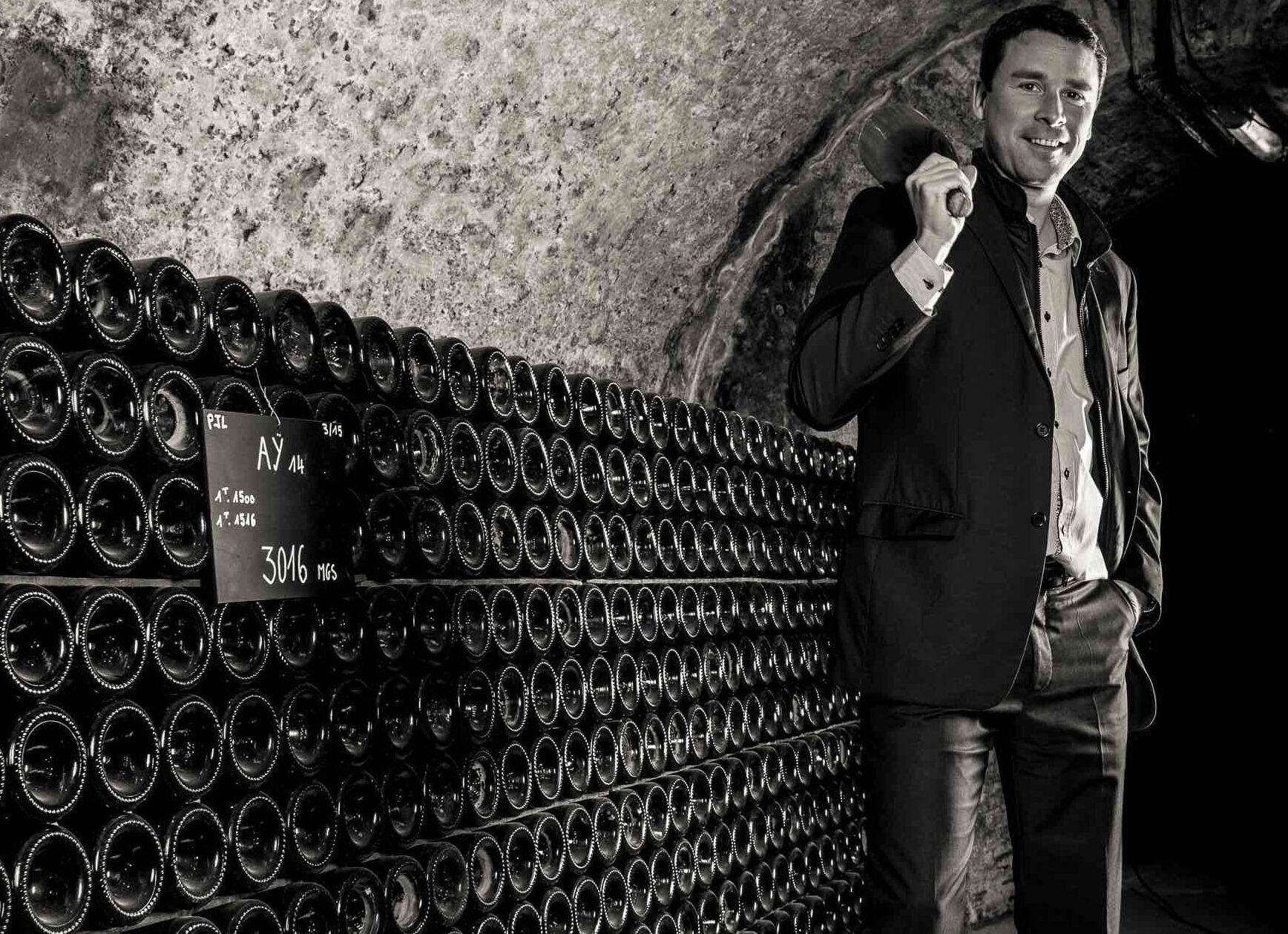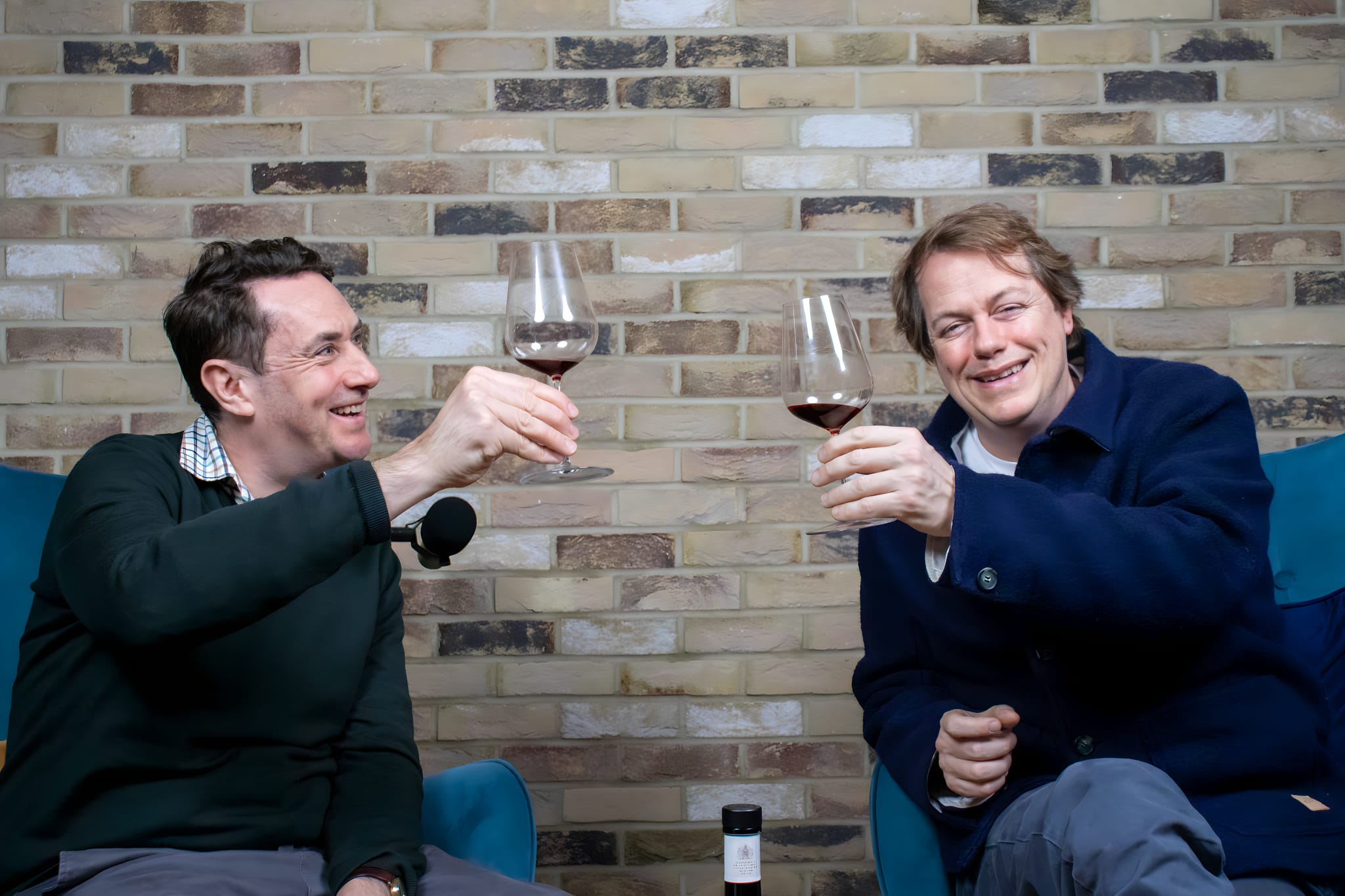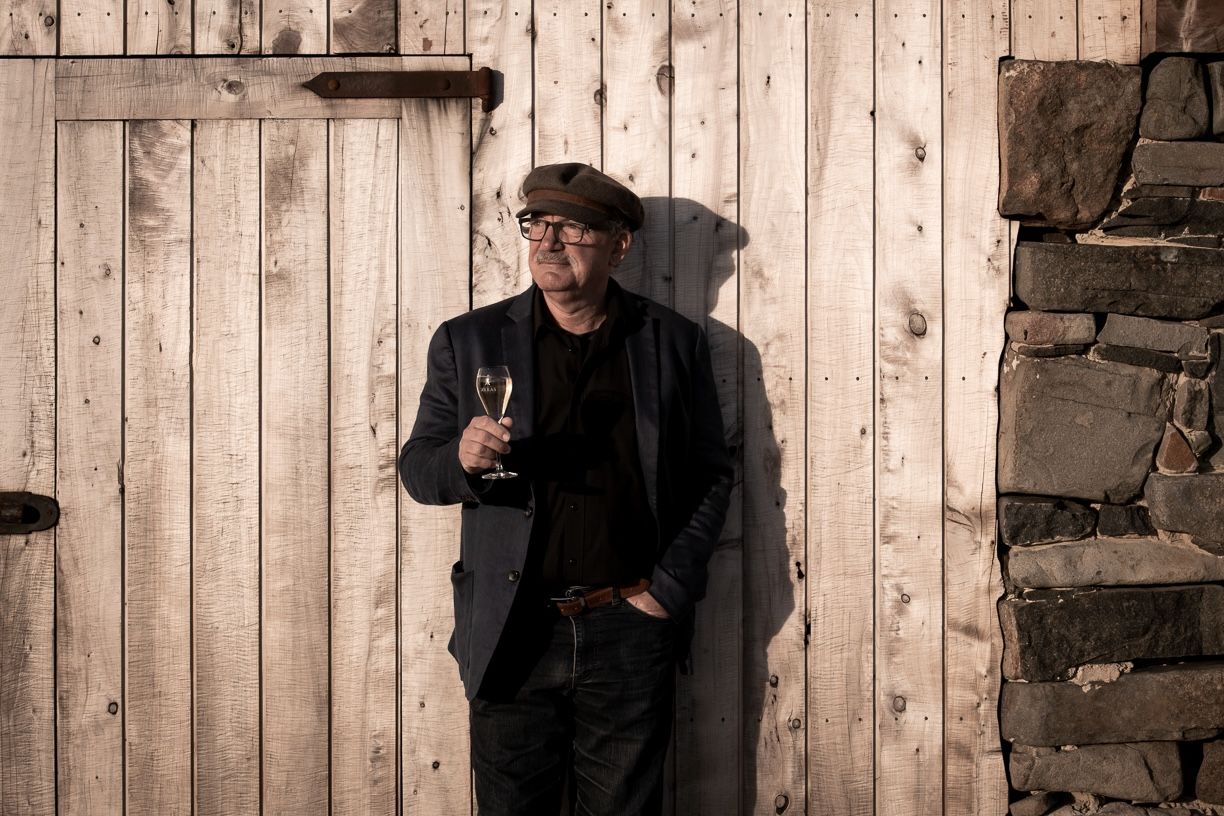Bollinger RD 2008 has “notes of acacia honey and hazelnuts (which) are followed by a variety of delicate, dried fruit scents. Aromas of fresh hazelnuts and salinity combine to create an intense, everlasting finish.”
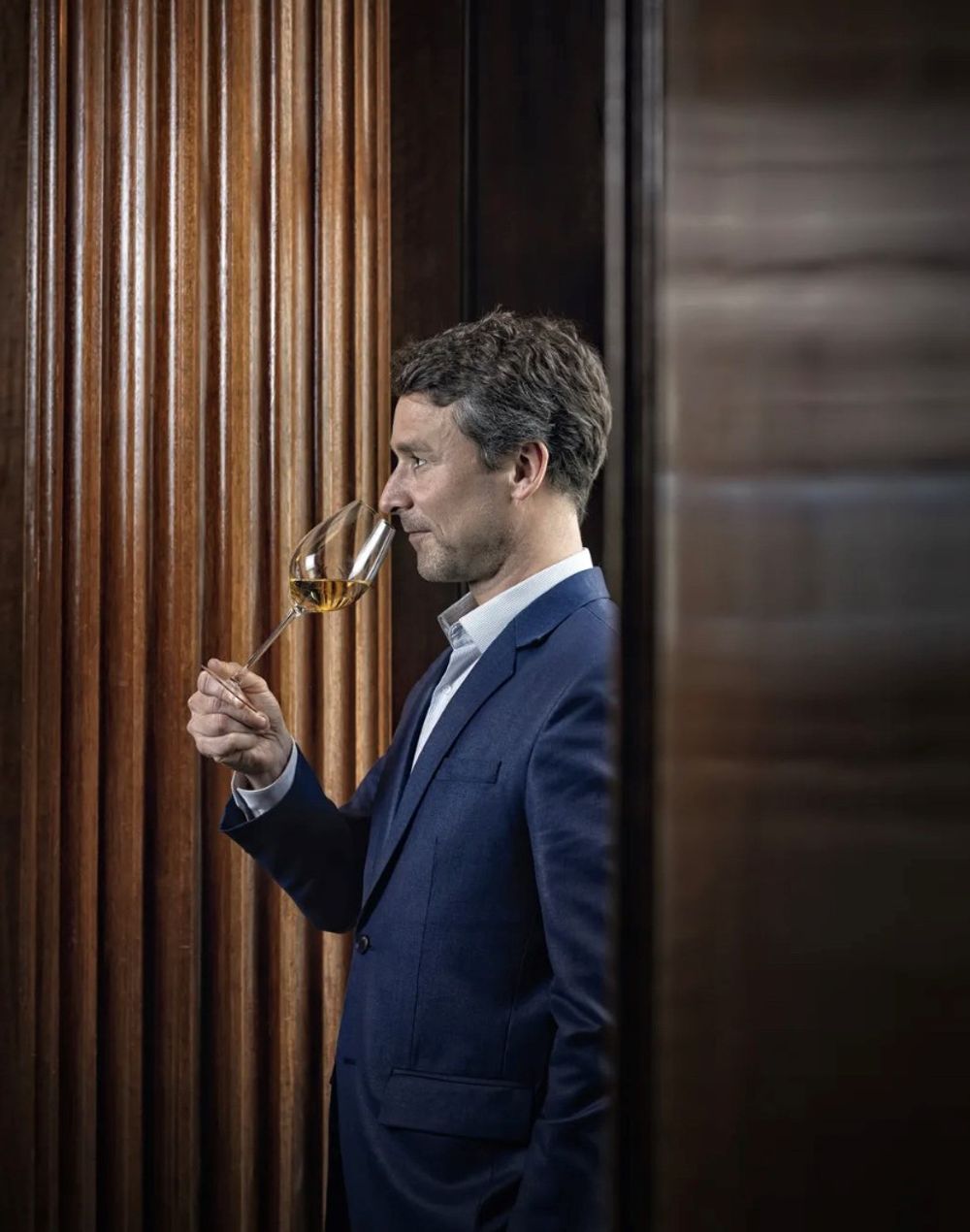
Six weeks since being named as chief winemaker, Denis Bunner’s first major launch has been today’s Bollinger RD 2008
Peter Dean: Firstly, sincere condolences on the death of Gilles Descôtes, a massive loss. What do you think will be his lasting legacy at Bollinger?
Denis Bunner: Thank you very much for your condolences. You are right when you say a massive loss.
Gilles’ legacy is very important for the House. It’s difficult to summarise 20 years at Bollinger in a few lines. He started at the vineyard and implemented very quickly a more sustainable viticulture, removing all the herbicides because he believed that soils in good health are key to express the full potential of a terroir (Bollinger was the first house to obtain the HEV certification in 2012). More precision and purity in the soil and in the wine was his philosophy and goal.
What was the most important thing you learned from him?
I learned many things from him but maybe the most important one was his accessibility. Gilles had big responsibilities and was very accessible to everyone. His door was always open to everyone and he was very sincere and honest!
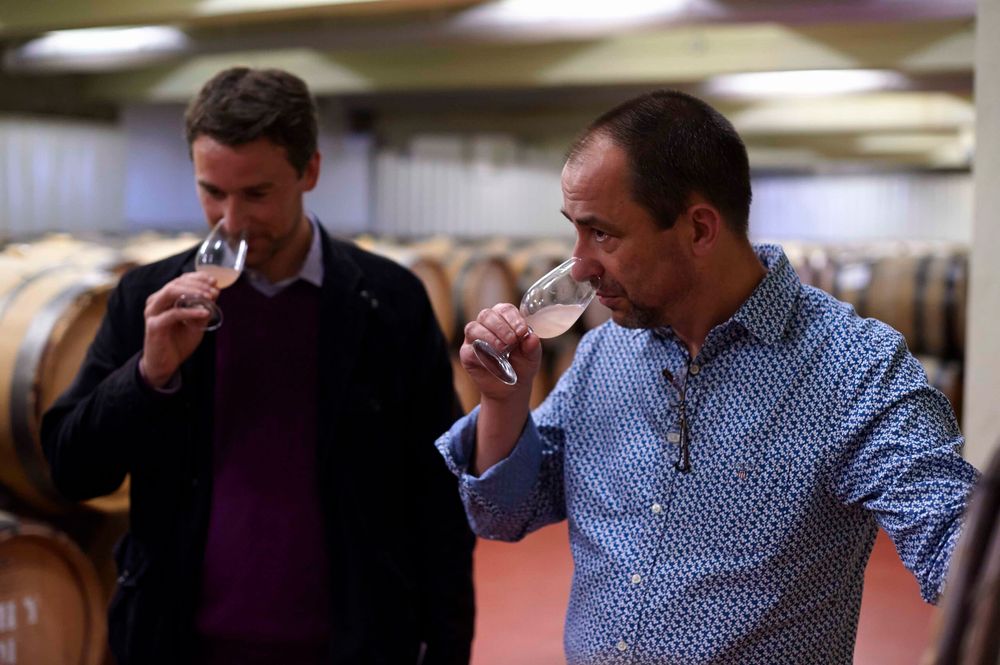
Denis Bunner in the cellars with Gilles Descôtes who died end-January 2023, aged 57
What extra responsibilities are you taking on, in your new role of chief winemaker?
It is almost impossible to take on more responsibility than Gilles had.
For sure I will focus more and more on quality, starting with the vineyard. The biggest challenge is to find new solutions in the vineyard regarding the climate change (excess temperatures, lack of water, etc.) to obtain the best grapes possible. I want to be as pure as possible regarding the vinification and that means perfect balanced grapes.
What is it that you most want to achieve in the role?
Regarding climate change, the most important work is probably to build a more resilient vineyard which starts with the soil. I will have the responsibility to define the best solutions to achieve the best wines in respect of all environmental issues. For that I will work closely with the vineyard manager. The team approach is the most important…. I believe in collective strength.
Part of your new role is to drive innovation (something you obviously worked on as deputy), what areas do you most need to focus on? And how much of that is purely focused on the wines?
Yes, one of my roles is to drive innovation in the House. We need more and more to anticipate the coming changes and nowadays research and development is indispensable. Many houses are now creating R&D teams to drive innovation, and big groups are investing more and more in this as we have seen in recent years.
In our job we need to adapt permanently and specifically to nature because she’s at the heart of our work and the quality of our Champagnes. So for us, the main challenge is to re-learn to observe nature, to better measure, to understand and finally to predict in order to adapt to the new situation that is coming.
Most of our work is now based on making the link between the vines and the wine. For example, we recently developed a model to predict precociously the quality of a vintage based on climate, the plant’s physiology and all the must analysis at the harvest, including sanitary conditions. So for me, the main work to achieve will be in the vineyard.
Of course we are still investing in wine and especially the know-how like the ageing of natural cork or the disgorgement (we implemented the jetting technique in 2014). We have more than 20 topics of research on the wine.

Collective strength: the new Bollinger team with chief winemaker Denis Bunner, operations director Benoît Pernod, vineyard and supply director Gael Vuille (l-r)
RD 2008 which is launched on March 6 comes from a great vintage – what is it do you think that makes a landmark vintage like this?
When I first tasted this vintage I expected something “great.” After the first sip I realised that we have something “very great.” This wine is the future 1928 which was a blockbuster for the House.
Will there be a RD every year and, if not, which vintages can we look forward to after 2008?
In average we make two vintages every three years – this is La Grande Année. When we launch LGA if we see an exceptional ageing potential then we will keep some bottles aside to declare an “RD”, after 7 years on lees. Madame Bollinger created this concept of the double ageing of a vintage.
Which vintages since 2008, in your opinion are as good as 2008 if not better?
2012 is a very good candidate to be the next Bollinger RD. We will be sure in three or four years when we are going to taste this vintage.
What is so special about the Petit Magnum format? Why return to this format for RD 2008? And will you continue to release other RDs like this?
The return is very good. The R&D team managed to explain the “Petit Magnum” effect thanks to new measures of gas exchanges. We demonstrated that around 14% less oxygen enters into the bottle compared with the standard bottle – the maturation is slowed down and the wine’s complexity is higher.
But, to my mind, what is more interesting is ageing under a natural cork. Thanks to Madame Bollinger we preserved this traditional method to mature the wine in our cellar. The cork shows better results compared to the metallic cap after five years of ageing. The Champagne is more complex.
Bollinger RD 2008 is now completely fulfilled – it has a very interesting dry fruit layer which is part of the tertiary aromas complexity – so we are going to continue to age the RD in this way under a natural cork and a special format.
Having joined Bollinger in 2013 what part have you played in the making of RD 2008?
Effectively 2013 was my first year at Bollinger. I arrived 6th September and the harvest started end of September. I was mainly involved in the quality control. First the supplies (grapes purchasing), and I implemented new technics to control the must’s quality at the laboratory. Thus, we were able to have a quick global overview of the harvest’s quality and to control it more efficiently.
It is Bollinger’s bicentennial in six years – what can we expect?
A new cellar, and also a new reception center to welcome our visitors. This is part of the House’s bicentenary plan.

Bollinger will work with two-star Italian chef, Gian Piero Vivalda, in pairing RD 2008 with hazelnuts from Piemonte
So what does the new Bollinger RD 2008 taste like?
Tasting notes supplied by the House describe Bollinger RD 2008 as “lively and exceptionally complex.” To look at the wine is “glimmering with golden reflections,” aromatics include “marzipan, stewed apricots, honey and breadcrumbs which balance notes of fresh bergamot and lime,” while, on the palate the wine has “a rich, precise mousse. Notes of acacia honey and hazelnuts are followed by a variety of delicate, dried fruit scents. Aromas of fresh hazelnuts and salinity combine to create an intense, everlasting finish.”
The blend of Bollinger RD 2008 is 71% Pinot Noir and 29% Chardonnay made from 18 Grands and Premiers Crus, predominantly from Ay, Verzenay, Le Mesnil-sur-Oger and Cramant. Dosage is 3 grams per litre.
Bollinger RD 2008 will be made commercially available from March 14, 2023 at a RRP of £350 a 750cl bottle.
Champagne Bollinger is imported and sold in the UK by Mentzendorff, which is a commercial partner of The Buyer. To learn more about them click here.
